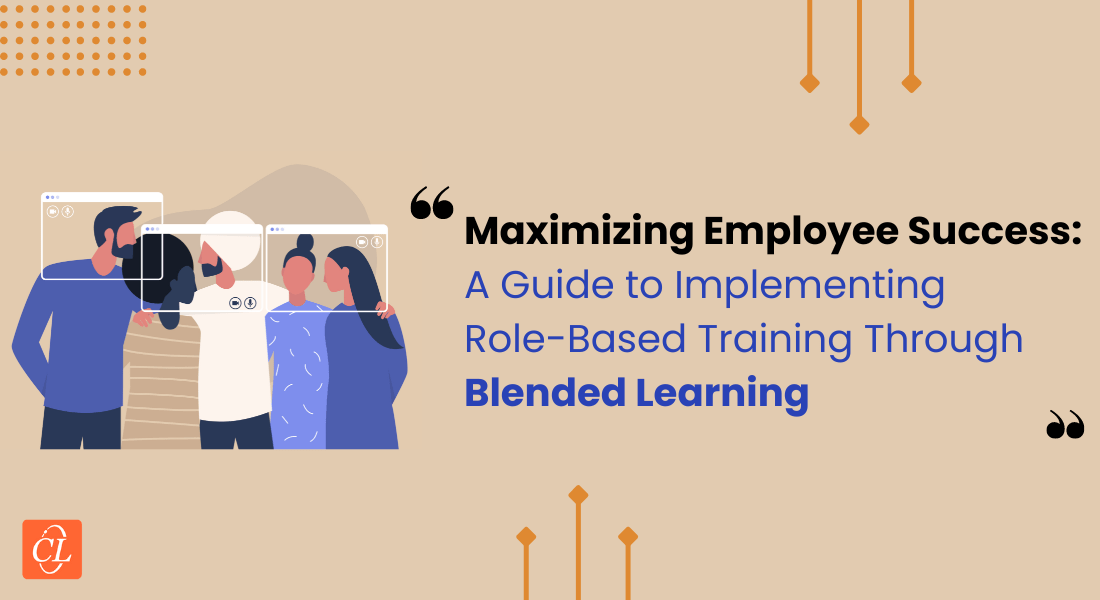Why Try Blended Learning for Effective ITI Apprenticeship Training

The Industrial Training Institutes (ITI) of India, established under the Ministry of Skill Development and Entrepreneurship, provide vocational training in over 130 different trades. After this training, tradesmen undergo an apprenticeship in various industries. ITIs have a huge role to play in the Skill India Campaign launched by the Government of India, in 2015, that aims to train 40 crore people by the end of 2022.
Though the Government of India has been actively promoting technology-enabled learning, the ITI apprenticeship training is not without its own set of challenges. While e-learning may save the time of ITI training managers and trainers, there is no guarantee that apprentices will actively engage themselves in the online training.
So, how can trainers at ITIs leverage the benefits of technology in ITI apprenticeship training? The answer lies in implementing blended learning solutions. Read on to know why you must give blended learning a try.
Flexible Training Delivery
Blended learning combines the best of both worlds, classroom training and e-learning, to come up with what may be your best shot at designing an effective ITI apprenticeship training.
There is a shortage of ITI trainers in the country, and it becomes difficult for one trainer to handle a large number of apprentices.
Blended learning solutions can solve this problem with a flexible rotational model of training delivery. When the instructor focuses on one group of people, the other group can work toward practicing their skills online. This approach adds value to the ITI apprenticeship training, as the trainer can pay attention to each learner.
Personalized Training
Blended learning solutions push the boundaries of time, place, path, and pace of learning set by classroom training. There are certain industries, for example, the construction industry, where ITI apprentices may not be able to stay away from the work environment for extensive classroom training. In such cases, the online learning module can offer a personalized pathway for training.
A quick assessment of the skills of the apprentice on a particular topic can decide whether he needs to go through that topic again or proceed to the next level. This kind of learning offers the learner more control over his training path and improves training effectiveness.
Training Cost Reduction
Blended learning solutions can accelerate the ITI apprenticeship training with the effective use of technology. A visible difference to training cost is achieved when a number of apprentices are to be trained.
There are around 11,964 ITIs across various states of India, and there are plans to set up many more. It is not feasible to have trainers traveling across the length and breadth of India to meet training needs. Instead, technology-enabled learning can be facilitated through video-conferencing. The remaining part of the training is completed at a pace that is convenient to the learner, using online methodologies. Using technology effectively can bring down the cost of establishing brick and mortar classrooms across the country.
The ITI portal can be used by apprentices to register for the training. This in turn, can help ITI trainers plan effectively for apprenticeship training.
Anytime Access to Training Resources
In traditional classroom training, apprentices do not have access to training resources outside the classroom. The success of the training entirely depends on how motivated the apprentices are, to take in the knowledge that is being imparted by the trainer.
With blended learning solutions, ITI apprentices can be provided with different content types such as audio, video, and visually enhanced presentations. Guided simulations and gamification strategies can keep the learner engaged, thereby improving the effectiveness of the apprenticeship training. And the best part is, all these online resources can be accessed by the apprentice, anytime.
Skill Development Tracking
Training programs become much more meaningful with blended learning solutions. Often, ITI instructors have to deal with content that is outdated. Blended learning offers trainers the convenience of updating or tweaking online content to make it relevant to today’s work scenario.
That’s not all, the training can be tracked through an LMS to generate reports on apprentices who have successfully completed the training. Links can be provided on the ITI portal so that the training faculty has access to view apprentices’ training reports on the LMS.
Tracking the ITI apprentices’ training progress helps instructors give appropriate feedback and improve the effectiveness of the ITI apprenticeship training.
Gone are the days when ITI apprenticeships were all about serious training. Training now is still serious, but with an element of fun and interactivity that a blended learning solution brings, the effectiveness of the apprenticeship training is certainly enhanced.
Training managers and L&D professionals, who have already implemented blended learning solutions, do share the benefits blended learning programs have brought to your organization.




![Top 5 Blended Learning Formats for Software Training [Infographic]](https://blog.commlabindia.com/hubfs/blogs/Top%205%20Blended%20Learning%20Formats%20for%20Software%20Training.jpg)
